
Images from the 16th century as indigenous identity documents in 21st century Brazil
Images from the 16th century as indigenous identity documents in 21st century Brazil
22 JUN, 14:00–18:00
Mosteiro de Santa Clara-a-Nova
Calçada Santa IsabelFor a large part of the Brazilian population, the representations of the indigenous people of the country's current territory, produced between the 16th and 19th centuries, continue to function as references to a certain lost "indigenous authenticity". Why? Based on an analysis of the images of the Tupinambá of Bahia used in "CPI FUNAI-INCRA 2", including engravings by André Thévet (1502-1590), Hans Staden (1525-1576) and Jean de Léry (1536-1613), this communication proposes to address the social relations that are incorporated into and mark these and other images of the indigenous people of Brazil, and which manage to lead to and/or make possible certain readings of them, interpreting them as "documents" or "evidence". I will analyse how these interpretations, localised and applied socially and historically, ultimately define not what the images "are", but how they are "used" - that is, made political.
Andrea Roca, PhD, is a member of the Research Laboratory on Ethnicity, Culture and Development at the National Museum, Federal University of Rio de Janeiro (LACED/MN/UFRJ). She teaches Spanish, Portuguese, Brazilian Culture and Literature at the University of British Columbia (UBC; Vancouver, Canada) and Cultural Anthropology at Corpus Christi College. She is the author of Other People's Objects, Shared Histories: The Uses of Time in an Ethnographic Museum (2008), and The Backlands and the Desert: Images of the 'Nationalisation' of Indians in Brazil and Argentina in the Work of J. M. Rugendas (1802-1858) (20).
Participants
Related Events
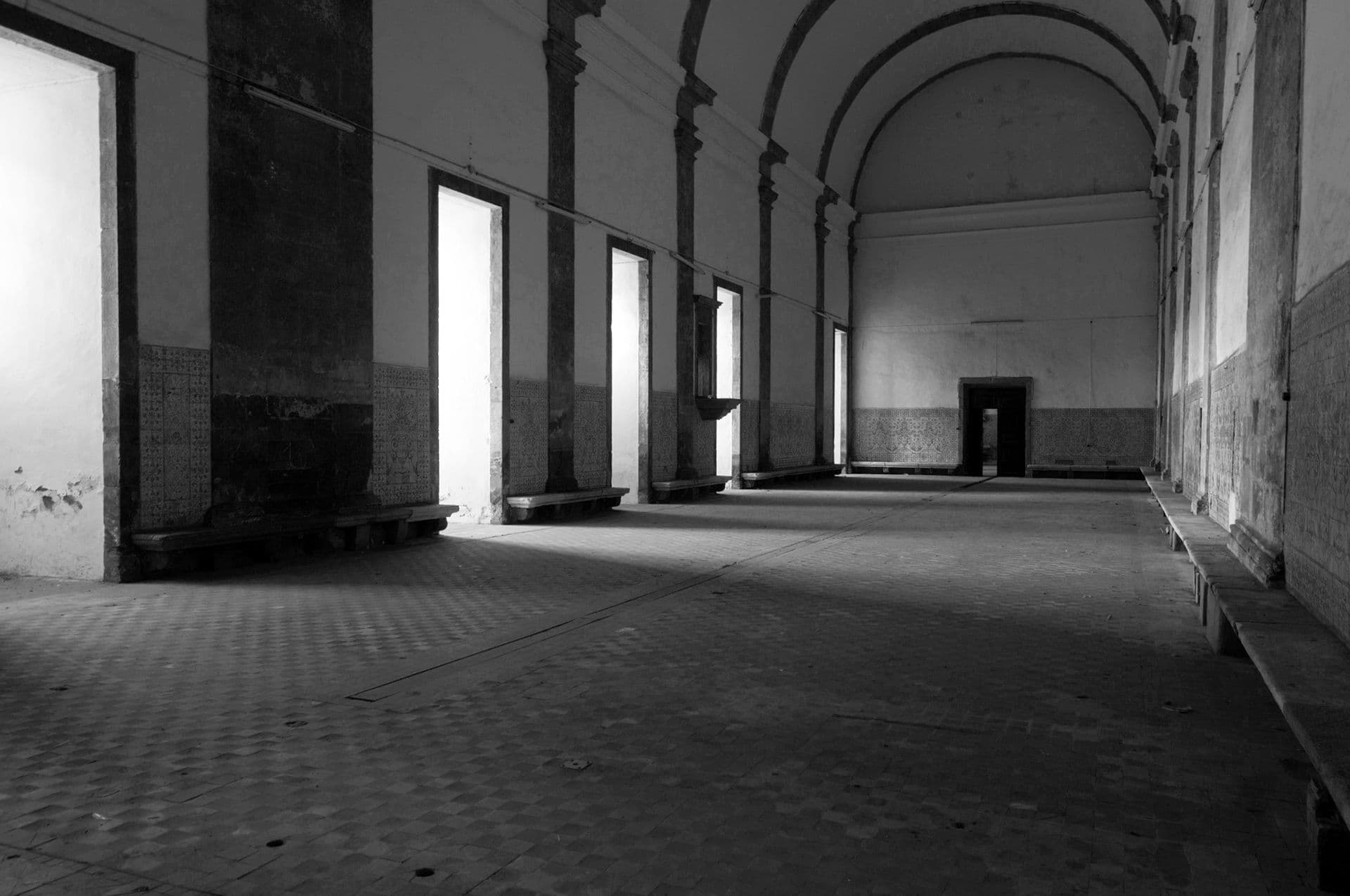
Crossroads: self-publishing, word and action
29 JUN, 14:00–18:00
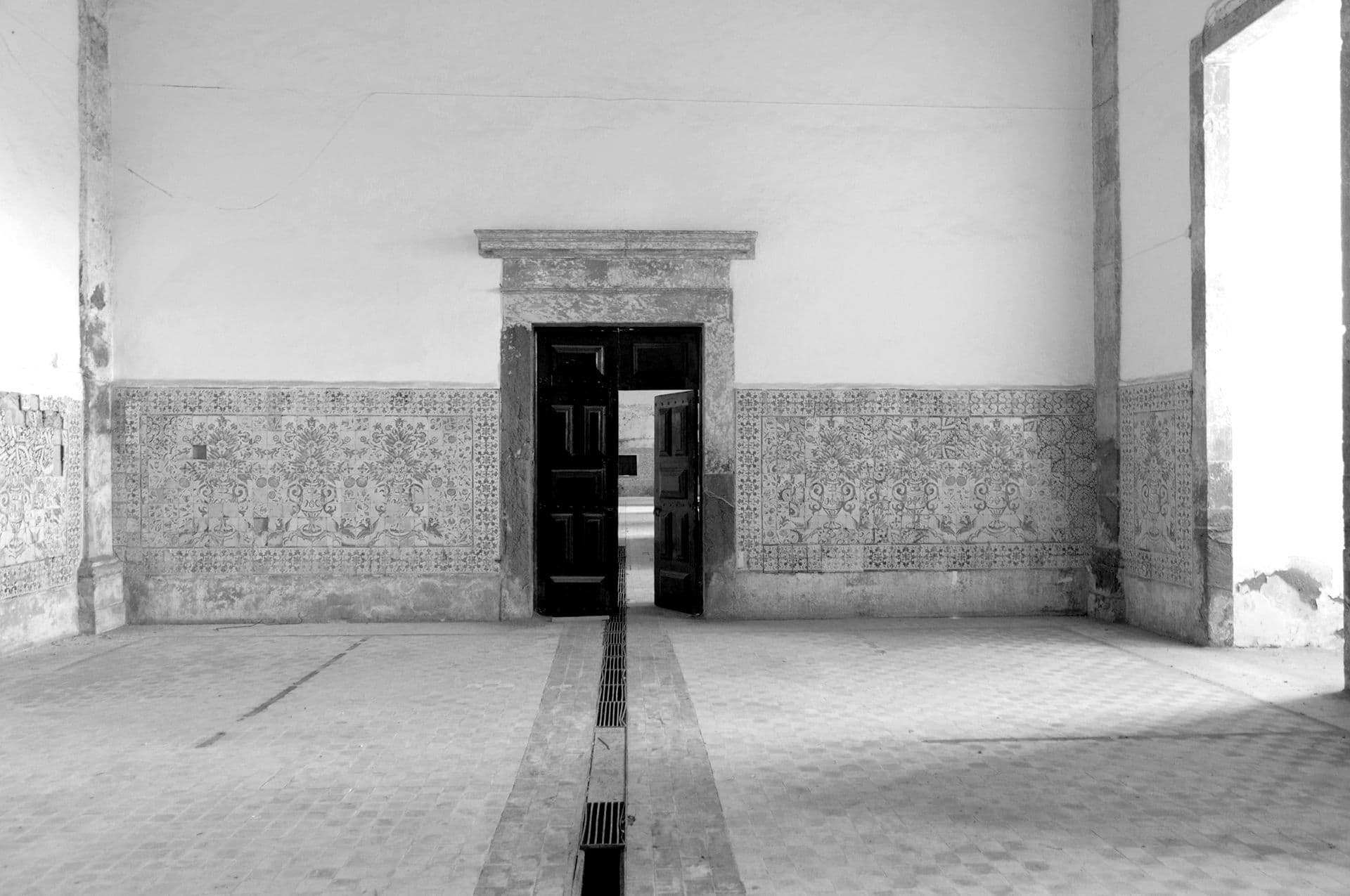
The meaning of liberty in contemporary art
11 MAY, 14:00–18:00
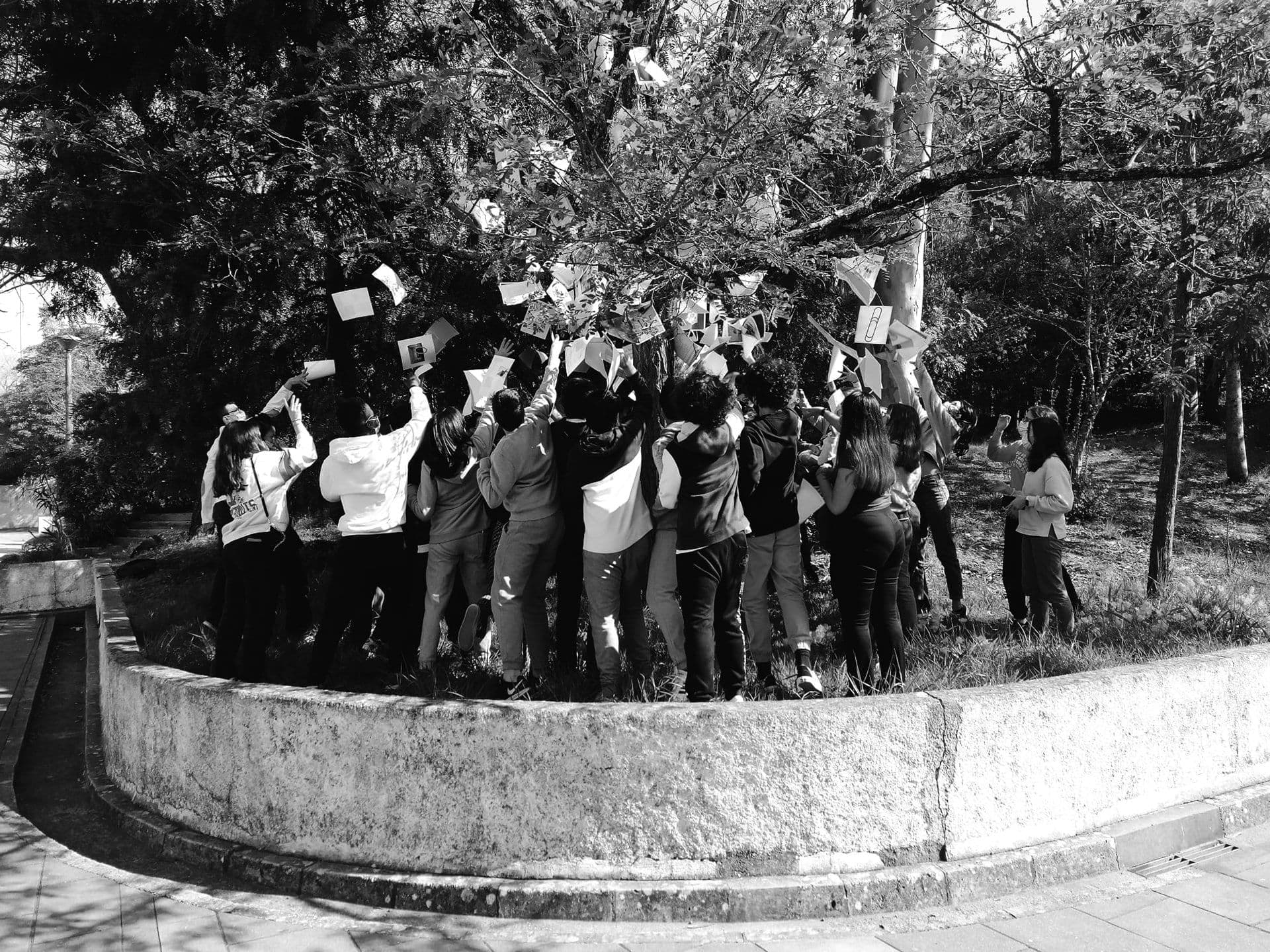
Teachers, can we talk about decolonization?
18 MAY, 10:00–17:00
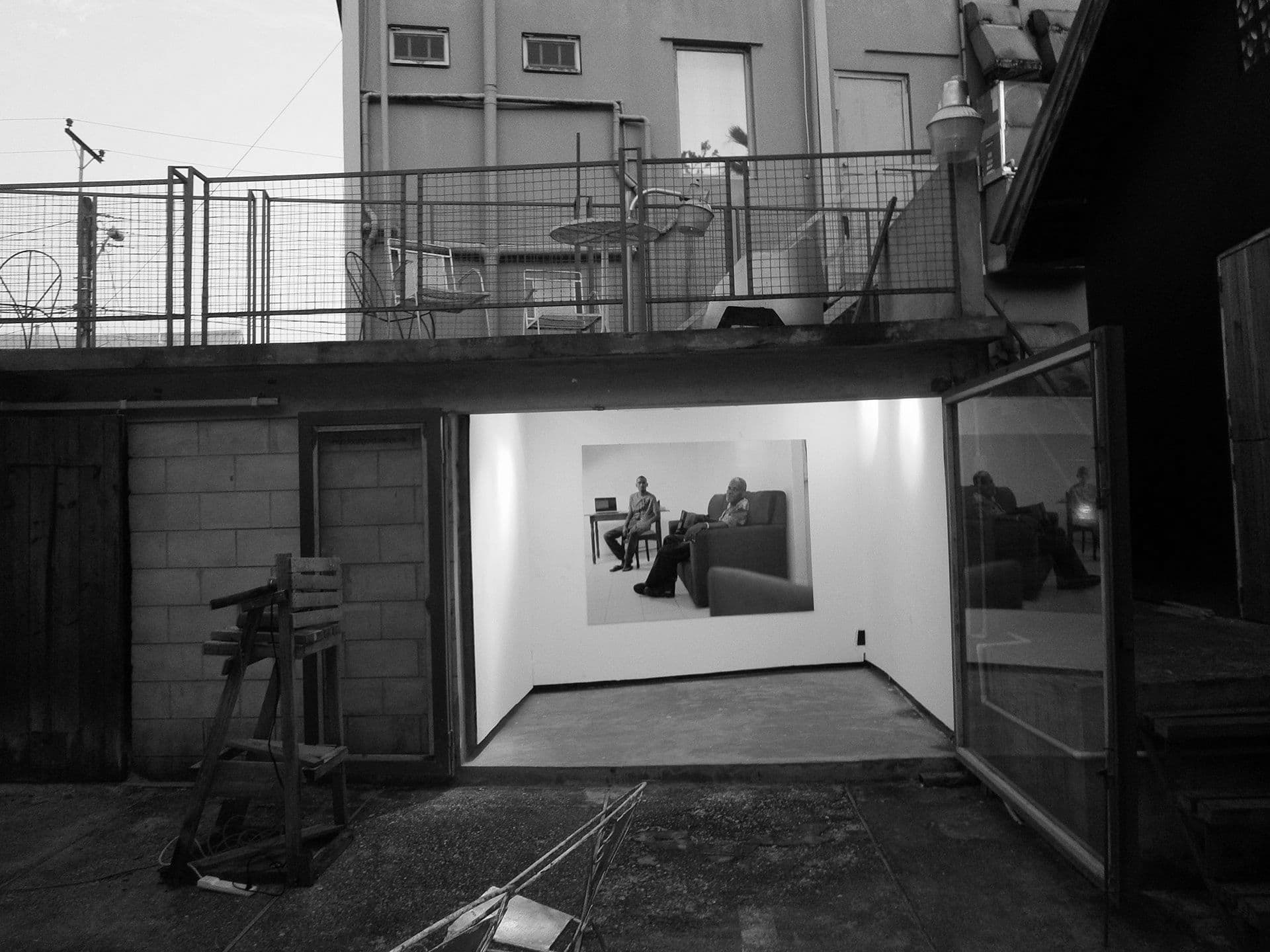
Bifurcations – Socially engaged artistic actions
20 APR, 14:00–18:00
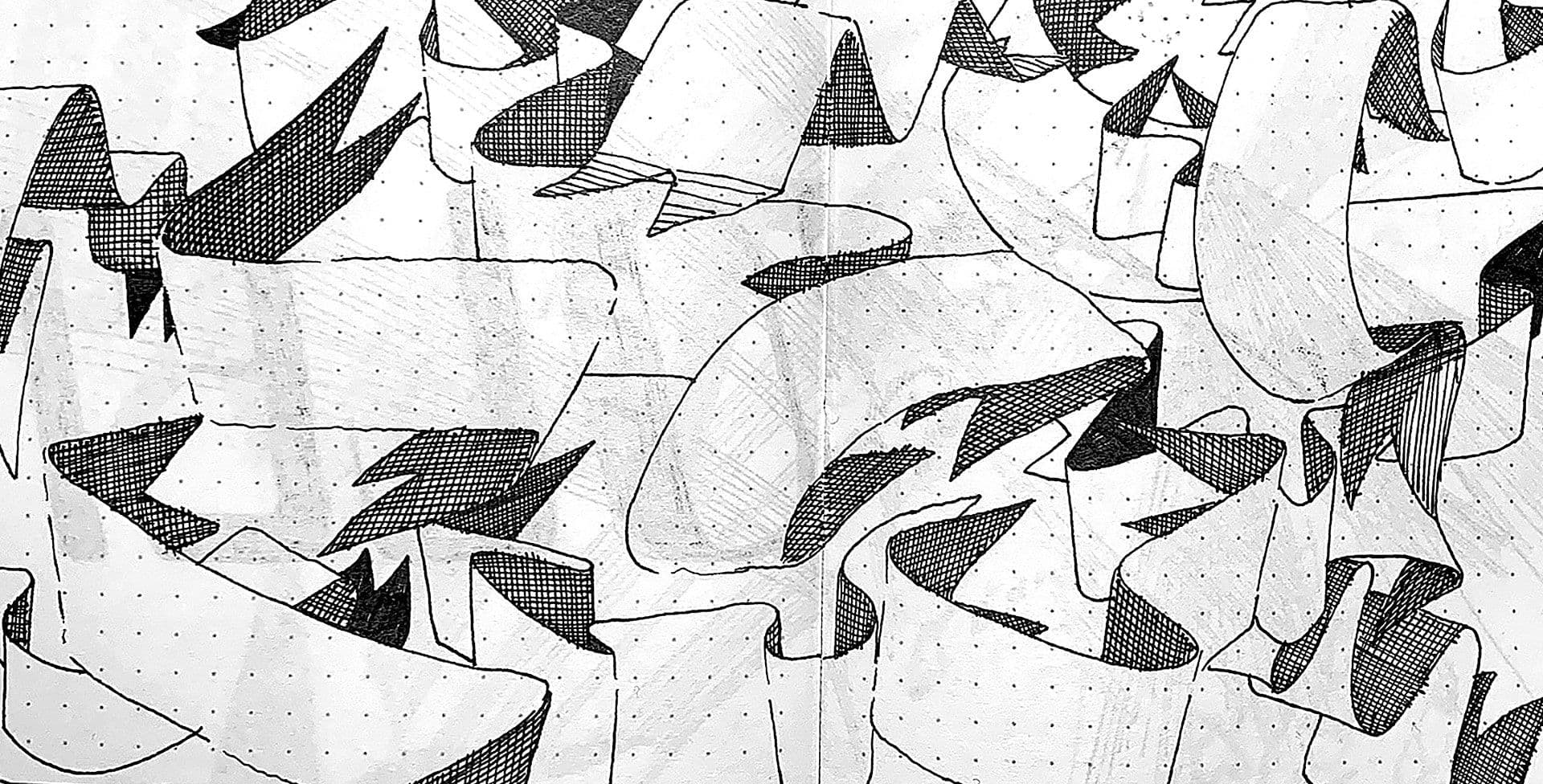
The artist as a mediator of experiences
27 APR, 14:00–18:00
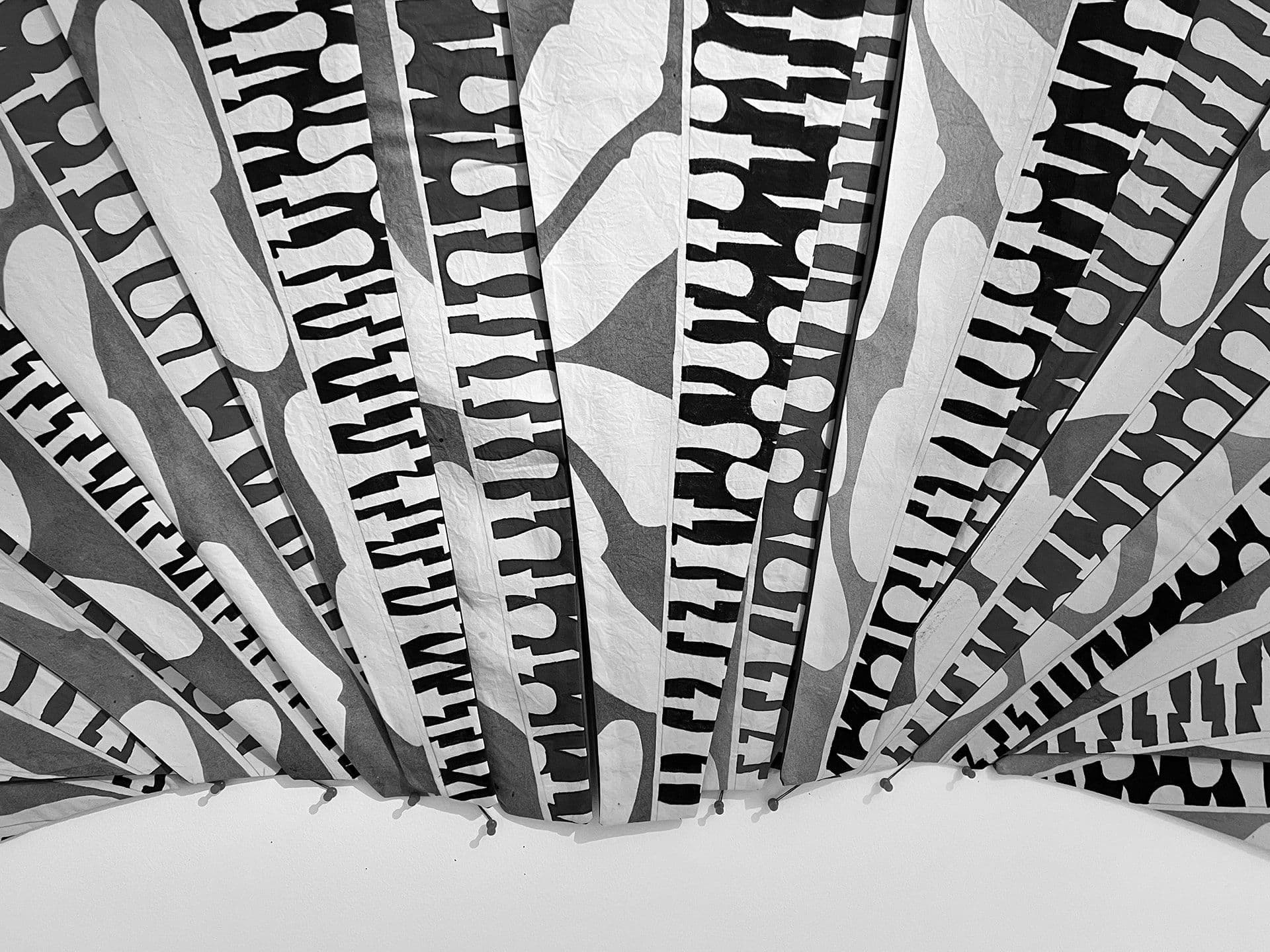
Painting: a conceptual approach in contemporary art
04 MAY, 14:00–18:00
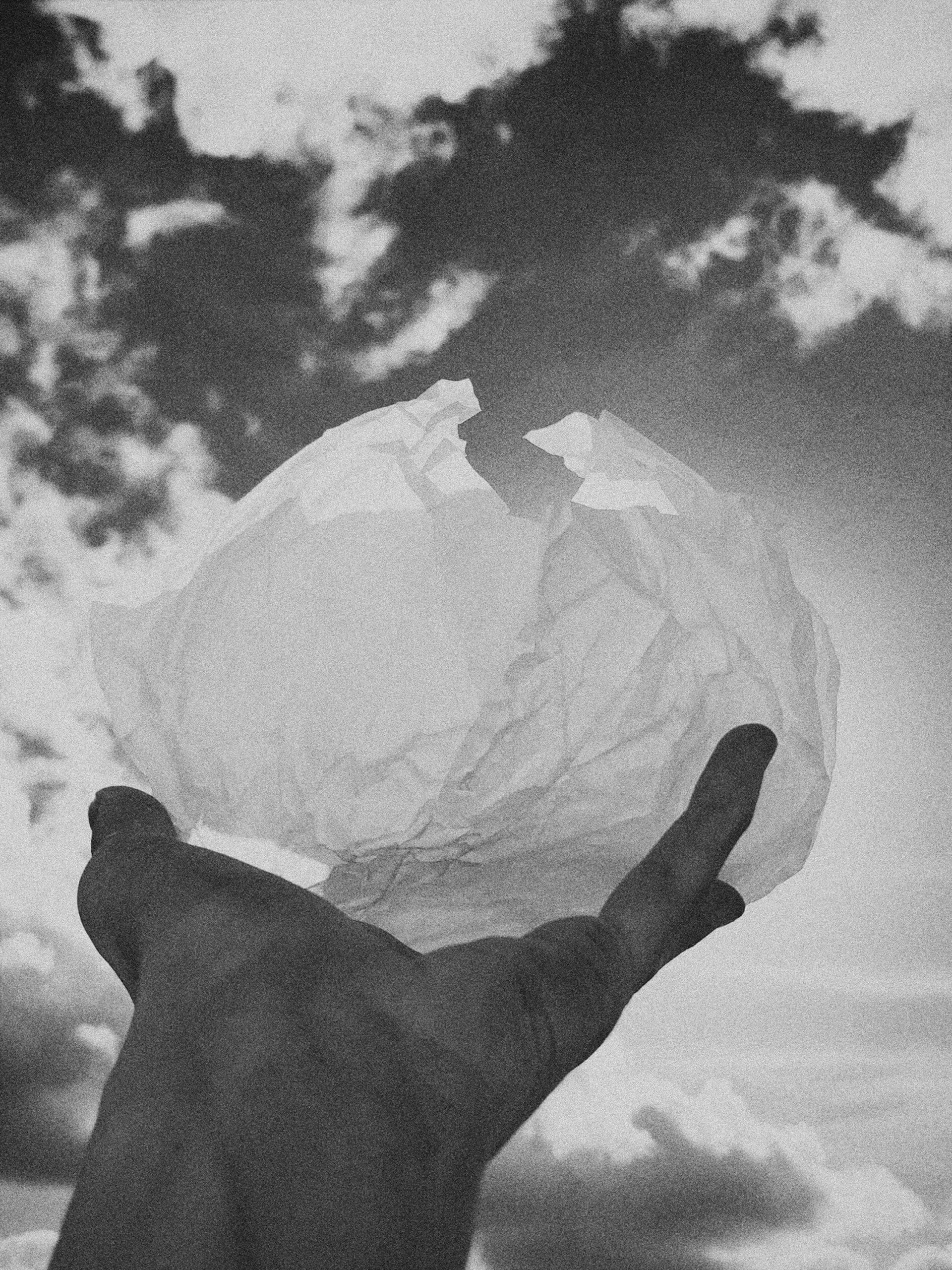
Space, body and territory as the artist’s material
25 MAY, 14:00–18:00
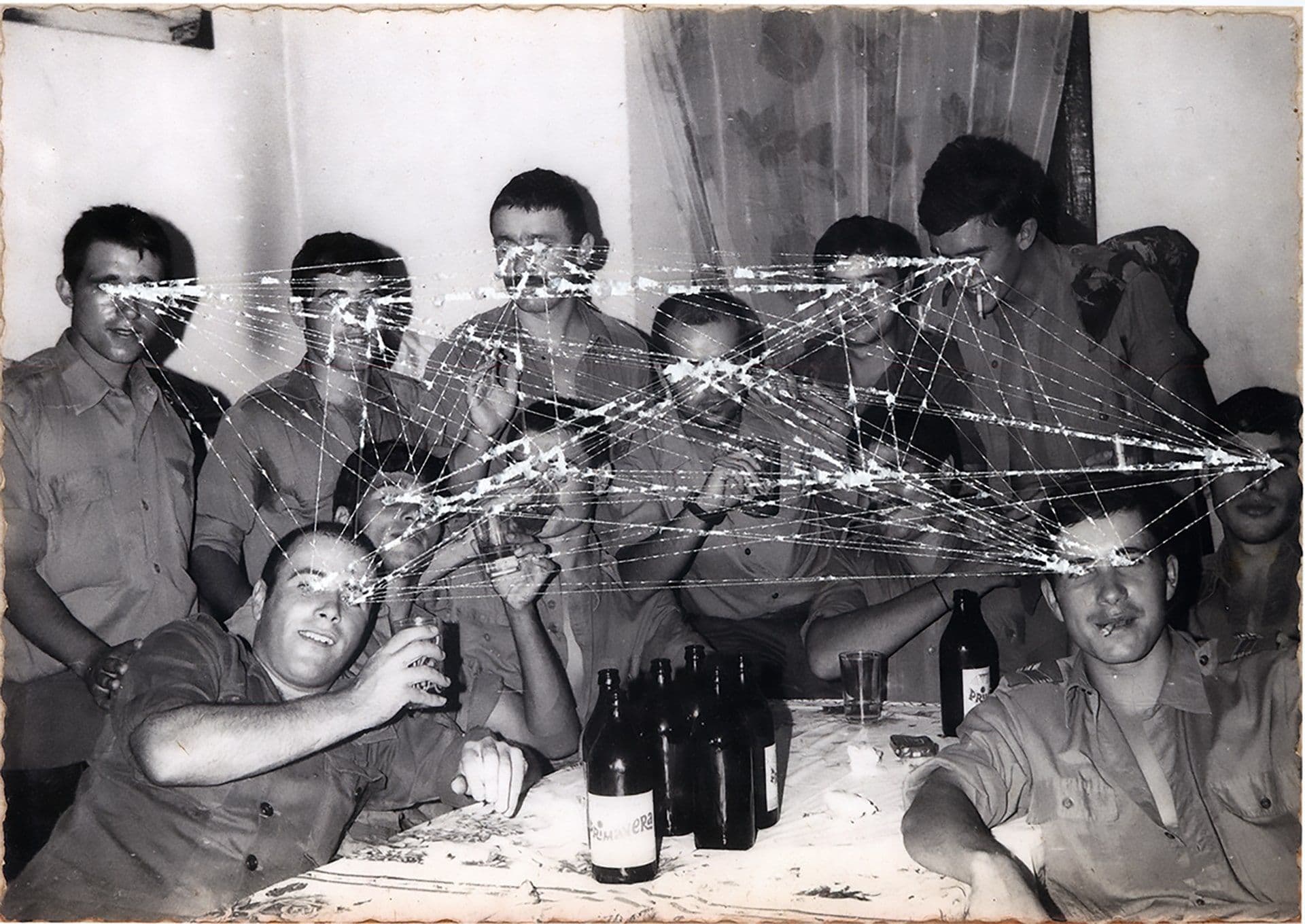
Family archive and crossroads in contemporary art
01 JUN, 14:00–18:00

Walking and poetic readings as a creative process
08 JUN, 14:00–18:00

Text and image poetics
15 JUN, 14:00–18:00